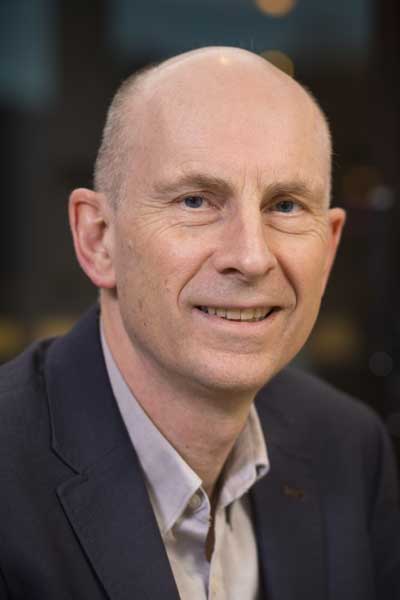Acoustics and beamforming - CIUS - Centre for Innovative Ultrasound Solutions
WP2: Acoustics and beamforming
This work package covers the fundamentals of acoustic wave propagation and image formation (beamforming) common to all applications. Knowledge and simulation tools will be developed for improved algorithms in all applications to achieve improved image resolution and contrast, higher frame rates, and improved measurement accuracy (e.g. in Doppler imaging). The topic of acoustic wave propagation is investigated and validated using measurements (water tank) laboratories at NTNU (medical and oil & gas) and University of Oslo (SONAR). Research systems at academic laboratories as well as computer simulations will be used to investigate next-generation imaging based on channel data processing that will provide a strong basis for innovation for the user partners.
Main research topics:
WP2-1: Simulation of acoustic and elastic wave propagation in heterogeneous and layered media
Improved modelling and development of common simulation tools for acoustic and elastic wave propagation in heterogeneous media. The simulation tools will for instance be used for the development of algorithms for suppression of reverberations and refraction/aberration correction, beamforming algorithms for detection of inhomogeneities, to predict and minimise shear modes in new transducer designs, and for the characterisation of medium properties (e.g. stiffer regions related to fibrosis or cancer in in medicine, cracks and corrosion in oil & gas).
WP2-2: Guided waves in steel plates and pipes
Improved modelling and simulation capabilities for correctly modelling the excitation and propagation of guided Lamb waves in steel plates and cylindrical pipes. These waves will be used in oil & gas down-hole logging operations, particularly for well integrity measurements, as a method for imaging through steel pipes. It is also investigated for non-destructive testing with the aim of increasing the distance for detection of corrosion.
WP2-3: Non-linear SONAR imaging
Development and investigation of nonlinear SONAR imaging, with applications such as bathymetry and buried objects detection, which can benefit from echoes in different frequency bands (target classification). Another application is in the use of the (nonlinear) frequency response for characterising living organisms.
WP2-4: Adaptive image formation for improved image quality
Beamforming algorithms adapted to the properties of the interrogated medium to improve image quality. This can, for instance, be based on the object correlation or coherence between individual system channels, or the estimation of particular scattering signatures in the received channel data. Examples include approaches for correcting for variations in speed of sound (phase aberration), high-resolution adaptive beamforming (e.g. Capon), and adaptive array utilisation (avoid using blocked or broken elements).
WP2-5: Environmental calibration in SONAR
In this project, we will develop methods for automatic calibration procedure and map the potential benefits and disadvantages while imaging the seabed. When the arrays are installed and used on a boat, oil platform, or underwater vehicle there is a need to calibrate for environmental variations. This includes the installation positioning, sound speed, temperature, which potentially can have a significant influence the imaging performance.
WP2-6: Suppression of reverberation artefacts in ultrasound imaging
Multiple reflections (reverberations) degrade the image quality in ultrasound imaging in all applications. We will investigate and quantify the effect of reverberations in different scenarios, and use both simulations and laboratory research systems to investigate techniques for reducing reverberations such as dynamic transmit focusing and non-linear imaging.

